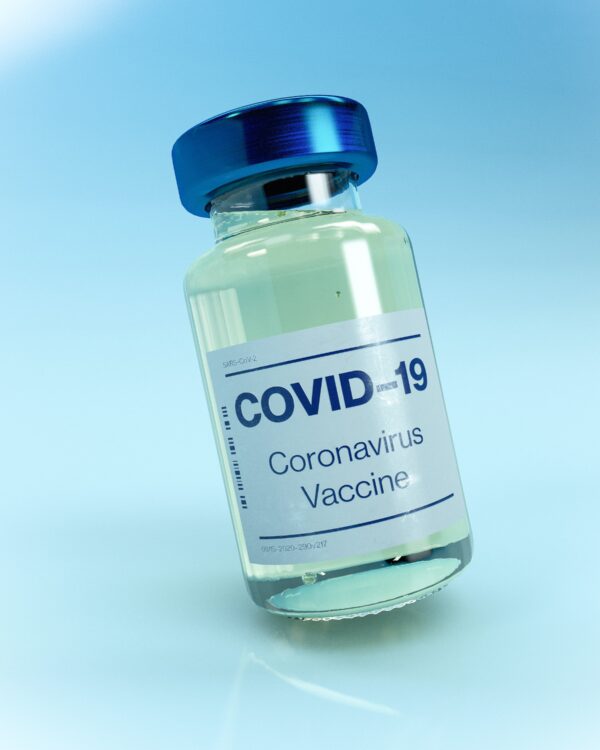A Balance of Power and Vaccine Positively Received
What’s happening now: Four major events arrived during November, and their effects were both immediately witnessed and continue to be seen in the markets across the globe. Those four major events are the U.S. elections, promising news of vaccines, another COVID-19 wave accompanied by ensuing shutdowns, and continued economic data reports showing a damaged U.S. economy on a pathway to repair. Let’s take a snapshot of each of these events and briefly review what happened, how the markets have reacted so far, and what the potential impacts may be.

What we think: The election brought out the highest percentage of Americans to vote in over a hundred years (1). The results for both the executive branch and congress are a Democratic President in Joe Biden, a likely Republican controlled Senate (pending two Georgia run-off elections), and a Democratic controlled House of Representatives. The split nature of the major government branches was received positively by markets, as the S&P 500 rallied 7.4% in the four days following election day. Many believe that a more balanced political structure in Washington suggests that extreme policy-making that had the potential to drastically disrupt the economy is no longer as high of a threat as it would have been if one party was the majority.
Pharmaceutical companies Pfizer and Moderna published news of positive vaccine testing, which showed efficacy rates of 90% or better. Positive COVID-19 vaccine developments provide higher confidence for economic activity to return to normal in 2021. The acceleration would make it much easier for policymakers to help bridge the income gap of those most affected by the pandemic. The markets reacted sharply to the news, sparking a stark rotation into previously over-sold areas such as small-cap stocks and away from overbought areas such as large-cap growth and technology. Positive vaccine news will make it easier to absorb near-term economic disappointments and have stronger confidence in the long-term future. Overall, we believe that the vaccines provide a positive backdrop to the stock market as we head into the final month of the year.
While positive news of vaccine developments was welcomed with open arms, the current threat of COVID-19 continues to thrive, as nearly every indicator of the virus’s spread across the U.S. continues to accelerate (2). California, for example, set a new daily record for COVID-19 cases on November 20th, as the state implemented a month’s long curfew while hospitalizations surge. Markets reacted negatively to the news and saw the effect of another wave of economic shutdowns as a short-term negative. However, all is not gloomy as the last years’ experience has developed an infrastructure that did not previously exist to support the economy and healthcare industry during the coming winter months.
Overall, the economy continues to recover from the shock of the pandemic. However, the pace has slowed. Among the strong points are total retail sales, which exceeds pre-COVID-19 levels (3). Financial stress is another important area of the financial markets that improve with a most recent reading from the St. Louis Fed Financial Stress Index suggests below-average financial market stress (4). However, leading economic indicators such as the Conference Board’s Leading Economic Index (LEI), while still improving, suggest slowing improvement across the economy in the final months of 2020 (5).
The bottom line: The elections are behind us, and legislators now have a clearer understanding of who and how to get the necessary work done to continue bringing the economy back to its pre-COVID-19 levels. The markets have reacted favorably to a divided congress due to the limited risk of extreme policymaking. Vaccines have certainly accelerated the expectation of a 2021 recovery. However, we will have to make it through the winter months of the virus’s spread first. Although economic indicators signal a continued recovery, the momentum has slowed down from the fast pace seen in Q3. Overall, we feel optimistic about the long-term future of the markets but remain cautious in the near-term.
(1) Galston, W. A. (2020, August 14). Election 2020: A once-in-a-century, massive turnout? Brookings. https://www.brookings.edu/blog/fixgov/2020/08/14/election-2020-a-once-in-a-century-massive-turnout/
(2) Li, S., Kalin, S., Tucker, E., & Frosch, D. (2020, November 23). U.S. Hospitalizations Coronavirus Hit Another Record. WSJ. https://www.wsj.com/livecoverage/covid-2020-11-20?mod=article_inline
(3) FRED Economic Data. (2020a, November 12). St. Louis Federal Reserve. https://fred.stlouisfed.org/series/USASARTMISMEI
(4) FRED Economic Data. (2020b, November 19). St. Louis Federal Reserve. https://fred.stlouisfed.org/series/STLFSI2
(5) The Conference Board Leading Economic Index® (LEI) for the U.S. Increased in October | The Conference Board. (2020, November 19). The Conference Board. https://conference-board.org/data/bcicountry.cfm?cid=1





